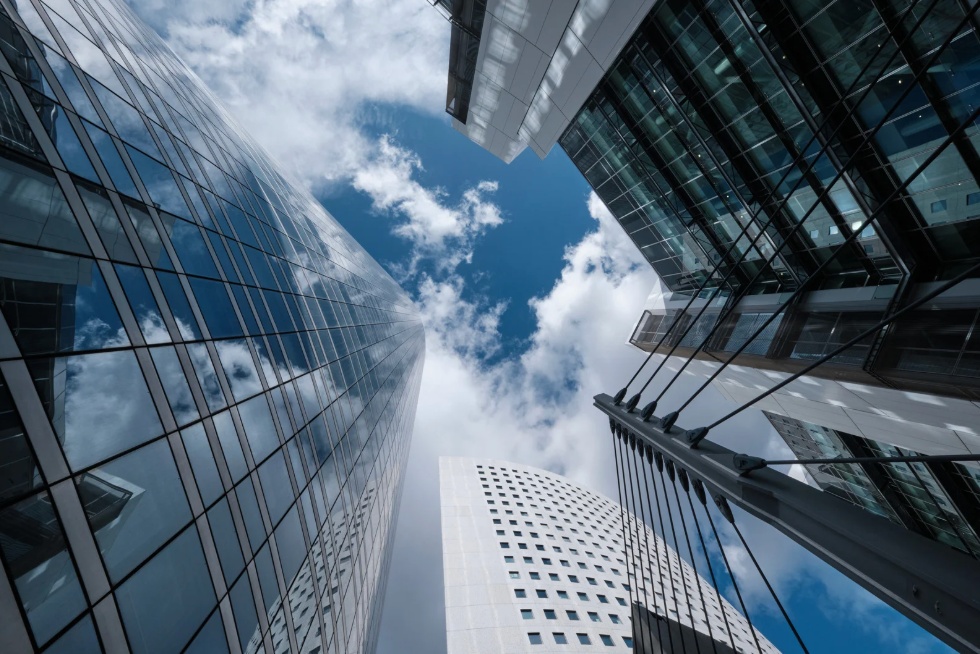The Trend of Converting Obsolete Office Buildings
In recent years, urban centers across the globe have witnessed a significant shift in real estate development trends, particularly in the conversion of obsolete office buildings into residential or mixed-use properties. This practice has been driven by various factors, including changing work patterns, economic shifts, and the need for more housing options in densely populated areas. As cities become more populated and lifestyles evolve, the demand for adaptable living spaces has surmounted the traditional office environment, thereby prompting developers and city planners to reassess the utility of existing commercial properties.
Rationale Behind Office-to-Residential Conversions
The initial push towards converting office spaces into living areas stems from the ongoing changes in workplace dynamics catalyzed by technology and the COVID-19 pandemic. With a significant number of employees now working remotely or adopting hybrid models, many organizations have reduced their demands for office space. Consequently, many buildings have fallen into disuse or have seen a steep decline in occupancy rates. As urban centers grapple with housing shortages exacerbated by rising rents and increased population densities, transforming these unused spaces into residences offers a practical solution.
Benefits of Mixed-Use Developments
Mixed-use developments, which combine residential units with retail, office, or recreational spaces, are particularly appealing as they contribute to vibrant communities. By integrating living spaces with amenities such as shops, restaurants, and recreational facilities, developers can create environments conducive to social interaction and convenience. This not only enhances the quality of life for residents but also stimulates local economies by generating foot traffic and fostering a sense of community. Furthermore, these developments are usually more sustainable, reducing the need for long commutes and fostering the use of public transportation.
Challenges and Considerations
While the conversion of office buildings offers numerous advantages, the process is not without its challenges. Developers must address various regulatory and zoning restrictions that can complicate converting a commercial property into residential use. Structural limitations of older office buildings may also pose obstacles, requiring significant renovations or retrofitting to meet residential building codes and standards. Additionally, market demand must be carefully assessed; not all office buildings are suitable for conversion, and a thorough analysis of neighborhood demographics and housing needs is essential for ensuring successful transformation projects.
Environmental Impact and Urban Revitalization
The environmental benefits of utilizing existing office structures rather than constructing new buildings are noteworthy. By repurposing older structures, developers help reduce construction waste and limit reliance on new materials. The adaptive reuse approach not only conserves energy and reduces carbon emissions generated by new builds but also leverages the existing urban fabric and infrastructure. This rejuvenation of old buildings contributes to urban revitalization, bringing new life to underutilized areas and enhancing the overall aesthetic appeal of neighborhoods.
Community and Market Responses
As communities become more aware of the benefits associated with converting office buildings, local governments often show support through incentives, grant opportunities, and streamlined approval processes. Such initiatives aim to tackle housing shortages while leveraging existing infrastructure. Local residents also usually welcome these transformations, particularly if they include community-focused elements such as parks or cultural spaces. However, developers must remain transparent and consider input from community members throughout the planning process to mitigate any potential opposition.
Conclusion
The trend of converting obsolete office buildings into residential and mixed-use properties reflects a broader evolution in urban development. It showcases a practical response to changing lifestyles, the pressing need for housing, and the desire for sustainable urban growth. While challenges do exist, the benefits of revitalization, both for neighborhoods and local economies, are significant. As this trend continues, it holds the potential to reshape the urban landscape, enhancing the livability of cities and contributing to a more adaptive and forward-thinking approach to real estate development.
FAQs
1. What are the primary benefits of converting office buildings into residential properties?
The main benefits include addressing housing shortages, revitalizing urban areas, creating mixed-use developments that enhance community interaction, and reducing environmental impacts through adaptive reuse.
2. What challenges might developers face during the conversion process?
Challenges include navigating regulatory and zoning restrictions, overcoming structural limitations of older buildings, and correctly assessing market demand for residential units.
3. How does converting office buildings contribute to sustainability?
It reduces waste associated with new construction, conserves energy and resources, and helps maintain existing urban infrastructure, thus lowering the overall environmental impact of development.
4. Is community input important in the conversion plans?
Yes, community input is crucial to ensure that the developments meet local needs and concerns, fostering good relationships between developers and residents.
5. Are all office buildings suitable for conversion into residential use?
No, not all office buildings are ideal candidates for conversion. Each building needs to be assessed based on structural integrity, location, and local housing demand to determine its suitability.

